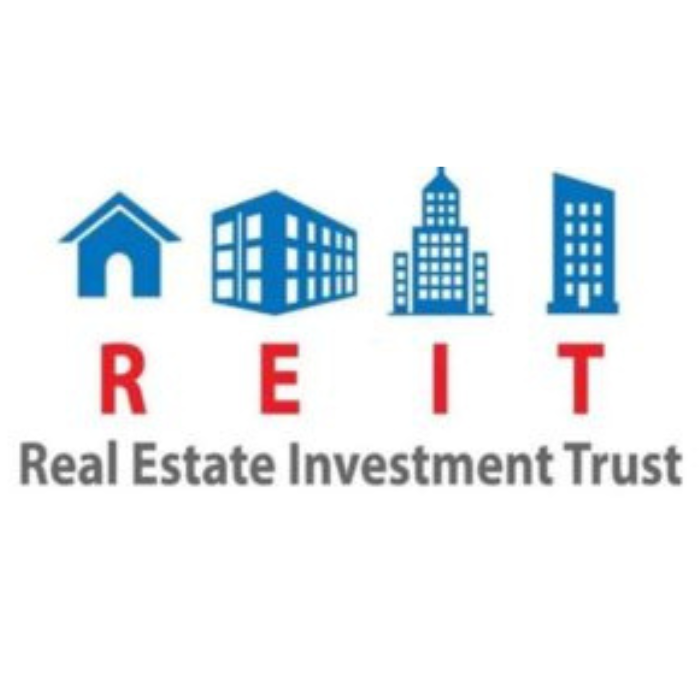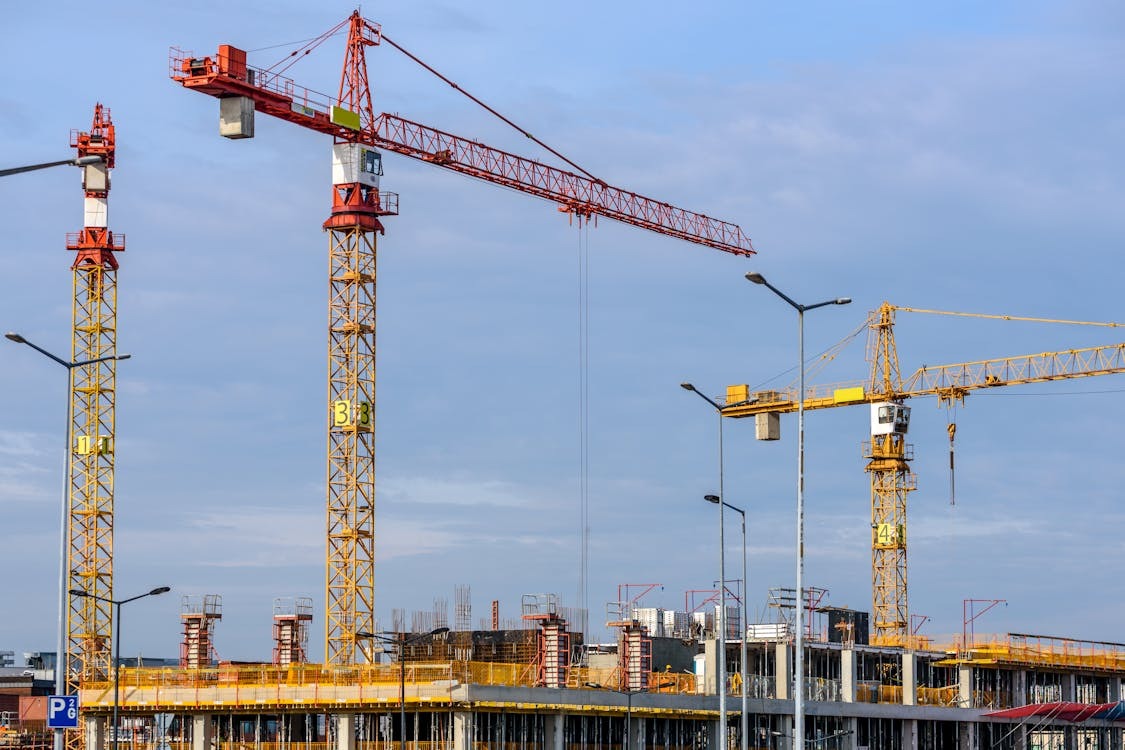ICRA report: Debt exposure of top realty firms reduces by 25% in the last three years.

A report from ICRA demonstrates that the total exposure of debt to the real estate sector has grown by 38% since the financial year 2017. But on the other hand, the debt levels for primary realty players on the list have fallen by 25% in the same period.
The report showed that major listed real estate players were cautious about debt levels. Instead of increasing debt, these developers have supported there de-leveraging trend in creating capital via inventory liquidation and capital-market equity transactions.
Since March 2017, the report stated that Godrej Properties Limited and DLF have raised Rs. 15,000 crore funds via the capital market equity transactions. Inventory liquidation remained backed by robust sales rates for such firms, with the area sold for ICRA companies in the sample set at 14.55 million square feet in the first half of the 2020 financial year, it noted.
The year-on-year rise in sales volumes, whilst lower than the high levels seen over the past two years, remained healthy at 12%, given prevailing headwinds in the form of ongoing NBFC funding problems slowing down, and overall demand weakness.
The execution level has remained strong over the span, with 7.35 mn sq ft launches and 14.49 mn sq ft deliveries, despite the decrease in deliveries year-on-year, it said.
Assuming an average project life cycle of three years, the delay in deliveries can largely be attributed to the decline in launches during the financial year 2017, considering the uncertainties related to the introduction of RERA and GST during the year. It is anticipated that production momentum got increased in line with accelerated launches from the 2018 financial year onwards.
“The ability of the major real estate players to fund committed construction costs substantially through internal accrual has allowed them to maintain debt at sustainable levels. In addition, listed players with a good operational track record and good financial discipline have managed to raise equity from the capital market and have also contributed to the reduction of overall leverage. The subsequent strength of the balance sheet and the stable selling momentum of the developers, backed by customer preference for completed inventory has allowed them to sustain their steady execution speed and to significantly increase their market shares,” said Shubham Jain, Senior Vice-President and Group Head at ICRA.
The overall exposure of the sector to high debt continues to be alarming. Several smaller/less-established developers’ projects are already stressed, which are expected to lead to debt servicing pressures in the future.
“While some of the supply-side/delivery-related issues may be mitigated after Rs 25,000 crore funds have been generated for delayed housing projects, challenges in demand persist at high unsold inventory levels. Although some demand progress might be expected, given the favourable initiatives of the government, such as interest rates reduction and increased tax deductions on house loan interest payments for affordable housing units, a substantial and steady rise in house demand will remain important to allow the sector to recover as a whole,” added Jain.



















































































